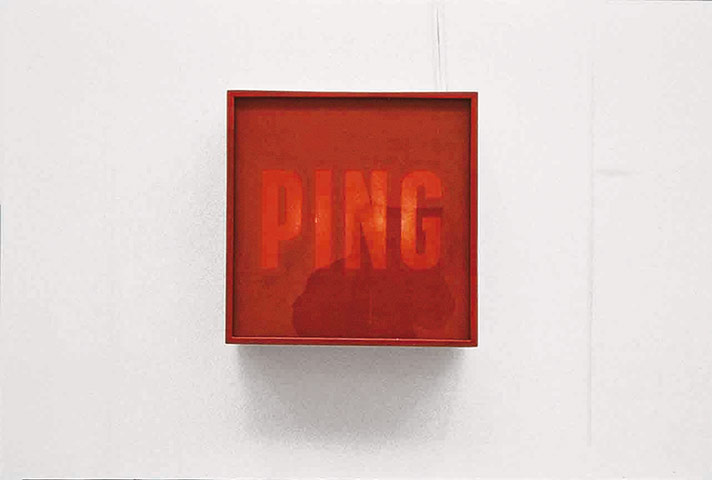
Photograph: Alighiero Boetti Estate by DACS; SIAE, 2012, courtesy Fondazione Alighiero e Boetti
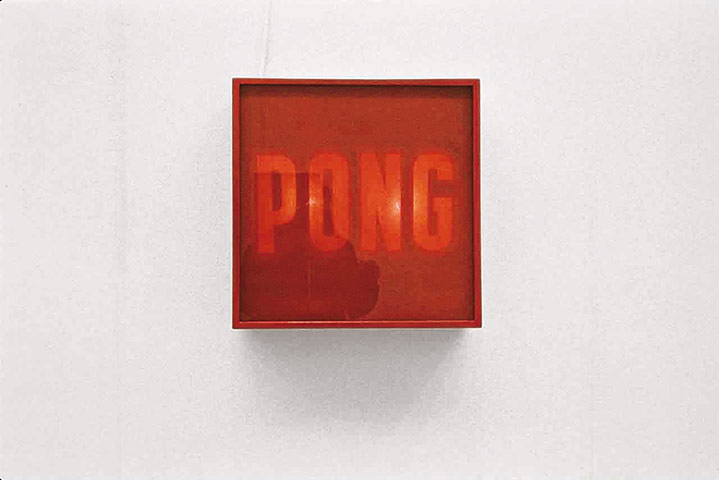
Photograph: Alighiero Boetti Estate by DACS; SIAE, 2012, courtesy Fondazione Alighiero e Boetti

Photograph: Alighiero Boetti Estate by DACS; SIAE, 2012, courtesy Fondazione Alighiero e Boetti
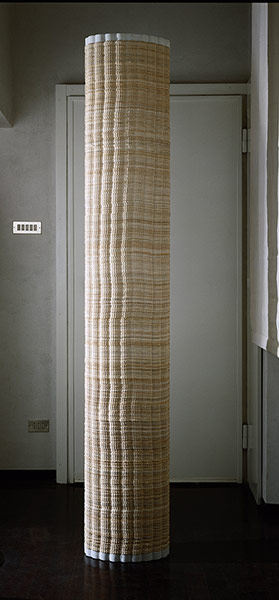
Photograph: Alighiero Boetti Estate by DACS; SIAE, 2012, courtesy Fondazione Alighiero e Boetti
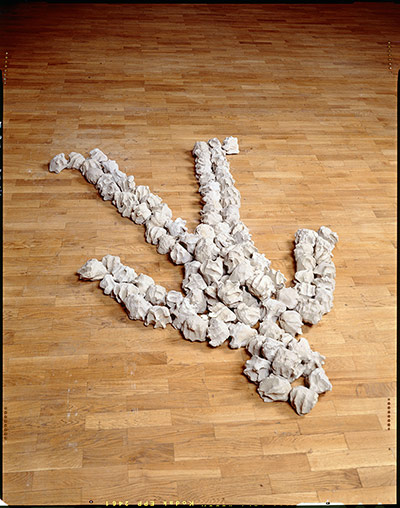
Photograph: Alighiero Boetti Estate by DACS; SIAE, 2012, courtesy Fondazione Alighiero e Boetti
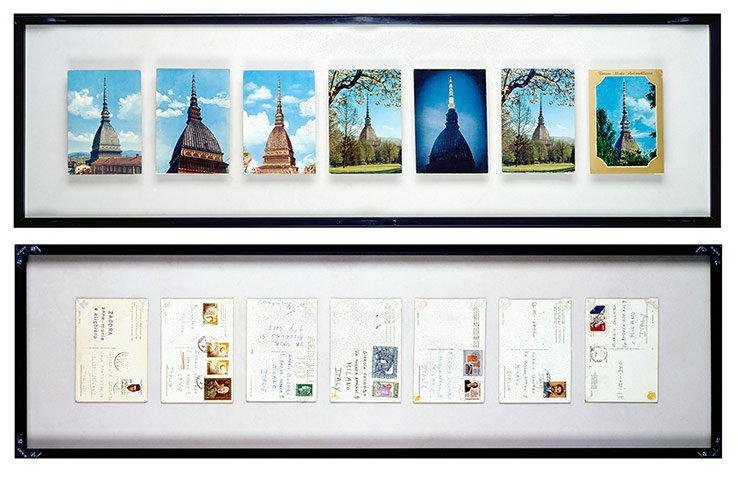
Photograph: Alighiero Boetti Estate by DACS; SIAE, 2012, courtesy Fondazione Alighiero e Boetti
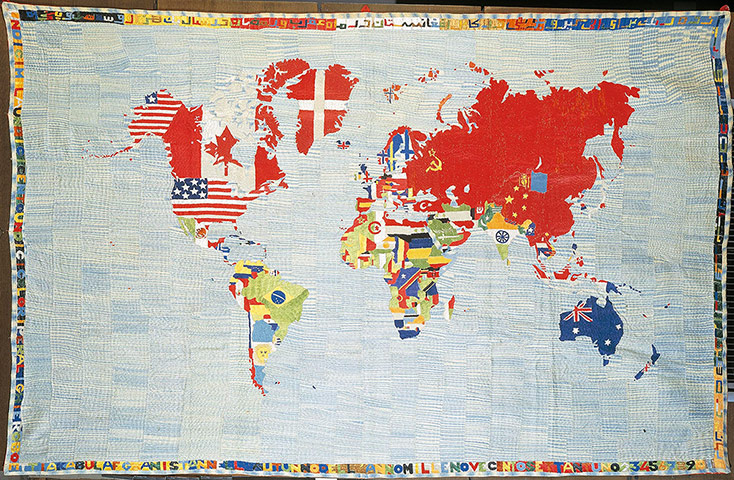
Photograph: Alighiero Boetti Estate by DACS; SIAE, 2012, courtesy Fondazione Alighiero e Boetti
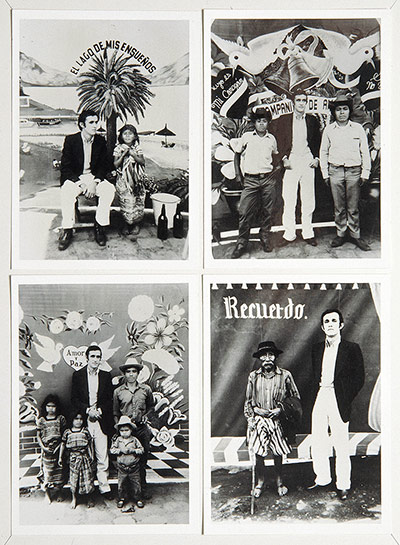
Photograph: Alighiero Boetti Estate by DACS; SIAE, 2012, courtesy Fondazione Alighiero e Boetti
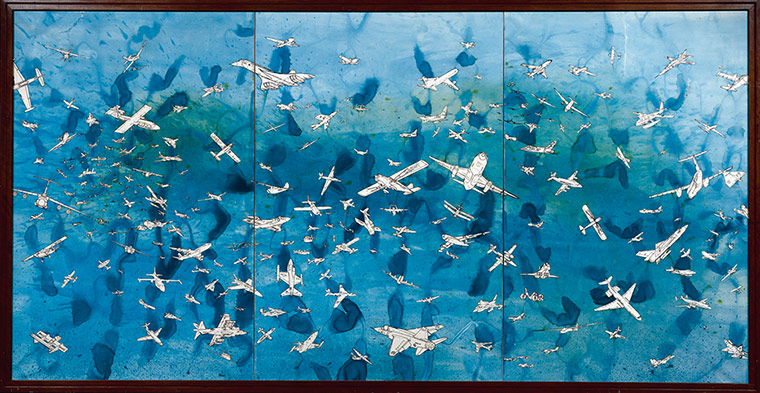
Photograph: Courtesy of Carmignac Gestion Foundation/Aligherio Boetti, DACS 2011

Photograph: Alighiero Boetti Estate by DACS; SIAE, 2012, courtesy Fondazione Alighiero e Boetti
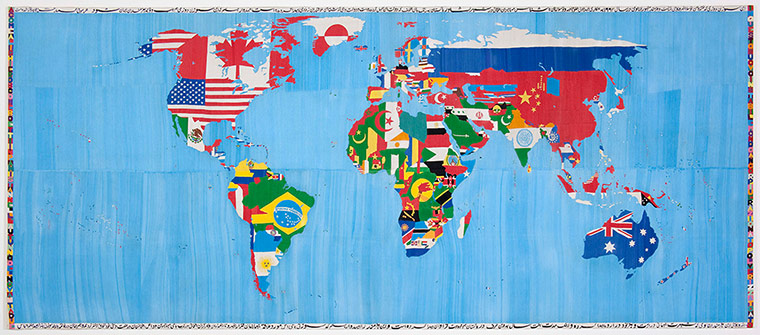
Photograph: Alighiero Boetti Estate by DACS; SIAE, 2012, courtesy Fondazione Alighiero e Boetti







